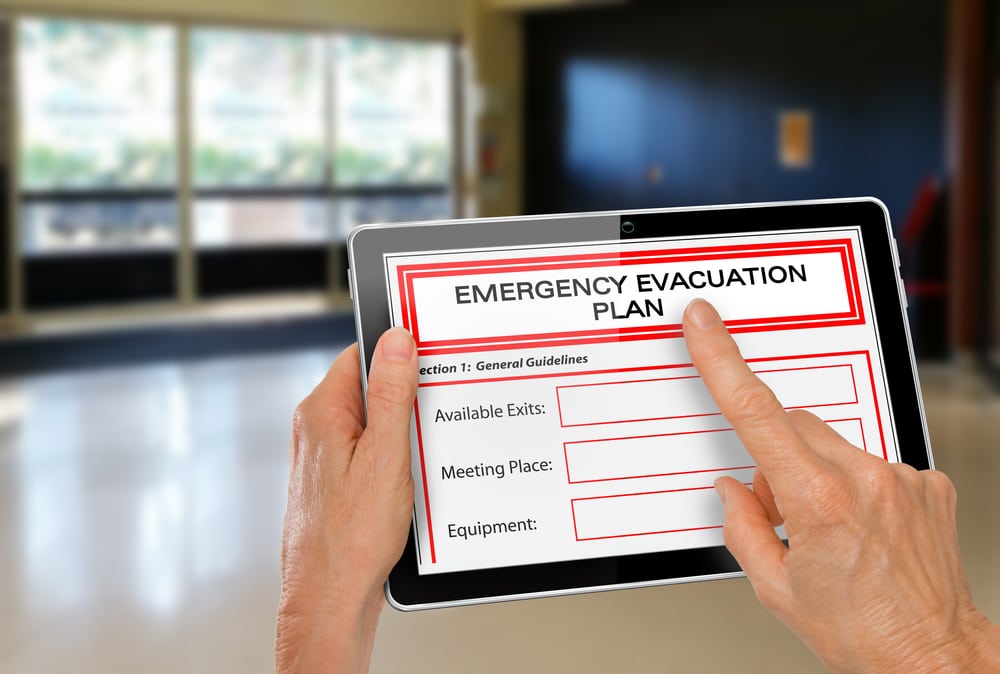Water damage can happen to anyone, and it often comes without warning. Whether it’s from a burst pipe, a heavy storm, or an overflowing bathtub, the aftermath can be stressful. One of the biggest concerns after water damage is the potential for mold to grow. Mold can start forming within 24 to 48 hours after water exposure, making it crucial to act fast.
Addressing water damage immediately can help prevent mold from taking hold in your home. Quick action and proper techniques can save you from long-term problems and health risks associated with mold. It’s important to know what steps to take and how to handle the situation effectively.
Immediate Steps to Take After Water Damage
After experiencing water damage, acting swiftly is crucial to prevent mold growth. Start by addressing the source of the water. If it’s a burst pipe, shut off the water supply. For leaks from a roof or ceiling, temporarily cover the area to stop further water from entering.
Next, remove any standing water with a wet vacuum, mop, or towels. The quicker you remove the water, the less chance mold has to develop. Open windows and doors to help air circulate and speed up the drying process. Moving furniture and other wet items outside or to a dry area is also essential. If possible, prop up cushions and open drawers to allow for better air flow.
Turn on fans and dehumidifiers to reduce moisture levels in the air. If the water damage is extensive, you might need to call professionals to handle the situation. Taking these immediate steps can help you stay ahead of potential mold issues and protect your home.
Proper Drying Techniques
Drying out your home properly is key to preventing mold after water damage. Start by focusing on the areas most affected by the water. Use high-powered fans and place them strategically to direct airflow towards damp spots. Dehumidifiers are essential for removing moisture from the air and should run continuously until the area is completely dry.
In addition to standard equipment, consider using a moisture meter to monitor moisture levels in walls, floors, and ceilings. This tool can help you ensure that all affected areas are thoroughly dried. Removing baseboards and drilling small holes in drywall can improve airflow behind walls and speed up drying.
If the carpet is wet, remove it if possible, or at least lift it up so the padding can dry. Flooring types like hardwood or laminate may need to be temporarily disassembled to dry fully. Keep checking the moisture levels over several days to make sure everything is drying correctly. Following these drying techniques can significantly reduce the risk of mold developing after water damage.
Using Mold-Resistant Products
Using mold-resistant products can provide an extra layer of protection against mold growth after water damage. Start with mold-resistant drywall, which is designed to withstand moisture better than regular drywall. It contains a fiberglass mat instead of the paper facing found in standard drywall, which makes it less prone to mold.
Consider applying mold-resistant paint as well. This type of paint contains antimicrobial agents that prevent mold from growing on the painted surface. It’s especially useful in areas like bathrooms, kitchens, and basements, where moisture levels tend to be higher.
Another great option is mold-resistant insulation. Traditional insulation can retain moisture and become a breeding ground for mold. Mold-resistant insulation is made from materials like foam or treated fiberglass that do not support mold growth. Investing in these products can help keep your home mold-free and provide peace of mind, especially in areas prone to dampness.
Regular Maintenance and Monitoring
Regular maintenance and monitoring are key to preventing mold after water damage. Start by routinely inspecting areas of your home that are prone to moisture, such as the basement, bathrooms, and kitchen. Look for any signs of leaks, dampness, or mold growth. Early detection can help you address issues before they become bigger problems.
Ensure that your home’s ventilation systems are working properly. Good airflow helps keep moisture levels in check. Use exhaust fans in bathrooms and kitchens and consider installing a dehumidifier in areas where humidity is high. Regularly clean and maintain these systems to ensure they function correctly.
Create a schedule for regular maintenance tasks like cleaning gutters, checking the roof for leaks, and inspecting plumbing for any signs of wear and tear. Fixing small issues promptly can prevent larger water damage problems in the future. Being proactive with maintenance and monitoring can save you time, money, and stress.
Conclusion
Preventing mold after water damage is all about acting quickly and using the right techniques and products. From immediate steps to proper drying, using mold-resistant materials, and keeping up with regular maintenance, each action plays a crucial role in protecting your home.
Water damage can happen when you least expect it, but knowing how to prevent mold can make all the difference. Regularly inspecting your home and using preventative measures will help keep mold at bay. Remember, mold can not only damage your home but also pose health risks, so staying vigilant is crucial.
If you need expert help dealing with water damage and preventing mold, reach out to us at PuroClean of Bloomfield Hills. Our team is here to provide professional residential mold remediation to keep your home safe and mold-free. Contact PuroClean of Bloomfield Hills today for all your water damage and mold prevention needs.




 PuroClean of Bloomfield Hills
PuroClean of Bloomfield Hills